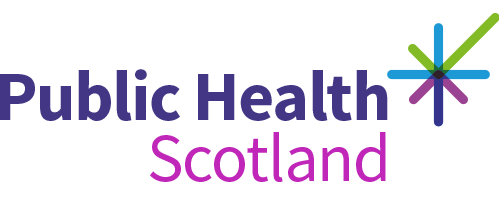Overview of poverty
Living in poverty is known to be damaging for health and one of the main causes of poor health and health inequalities.
On this page you’ll find information on what poverty is and what issues around poverty we are currently focusing on.
What is poverty?
In general terms, poverty is when the income available to an individual or household does not meet their needs. This then restricts their ability to participate in society.
Poverty is usually defined as having less than 60% of median household income. The median is the income level where half of the households in the population have more income, and half have less.
After housing costs, 19% of people in Scotland were living in relative poverty in 2017/18, representing 1.03 million people.
Forms of poverty
There are a variety of forms of poverty.
Poverty has been described in reference to particular population groups. For example, child poverty or pensioner poverty.
You can find out more about the work we do on child poverty, including the Financial Inclusion Pathway toolkit, on our child poverty page.
Poverty has also been used to describe when a large proportion of someone’s income is spent on a particular thing. This can mean that less money is available for other things or that people have to spend less on things that are usually seen as essential. This can include money to pay for
- food
- fuel
- sanitary products
- funerals.
You can find out more about the work we do on food poverty on our food poverty page.
Poverty in society
Poverty is not just about being able to heat a house or eat. It can mean that people are not able to participate in the routine activities expected in society.
It can mean that people can’t afford to buy birthday presents for their children when they are invited to parties. It can also mean that people can’t afford to meet up with friends to go to the cinema.
Poverty therefore causes a wide range of social and economic problems.
You can find out more about this in our inequality briefing about income, wealth and poverty.
Statistics on poverty in Scotland
The Scottish Government has published stats that estimate the percentage and number of people, children, working-age adults and pensioners living in low income households in Scotland for 2015 to 2018. This information is used to monitor progress in reducing poverty and income inequality.
They have also published stats that estimate the number of people living in persistent poverty in Scotland between 2010 and 2017.
Ways to reduce poverty
You can find information on ways to reduce poverty in our reducing health inequalities section. This includes a case study on poverty sensitive practice training, delivered by NHS Tayside to their health and social care staff.
